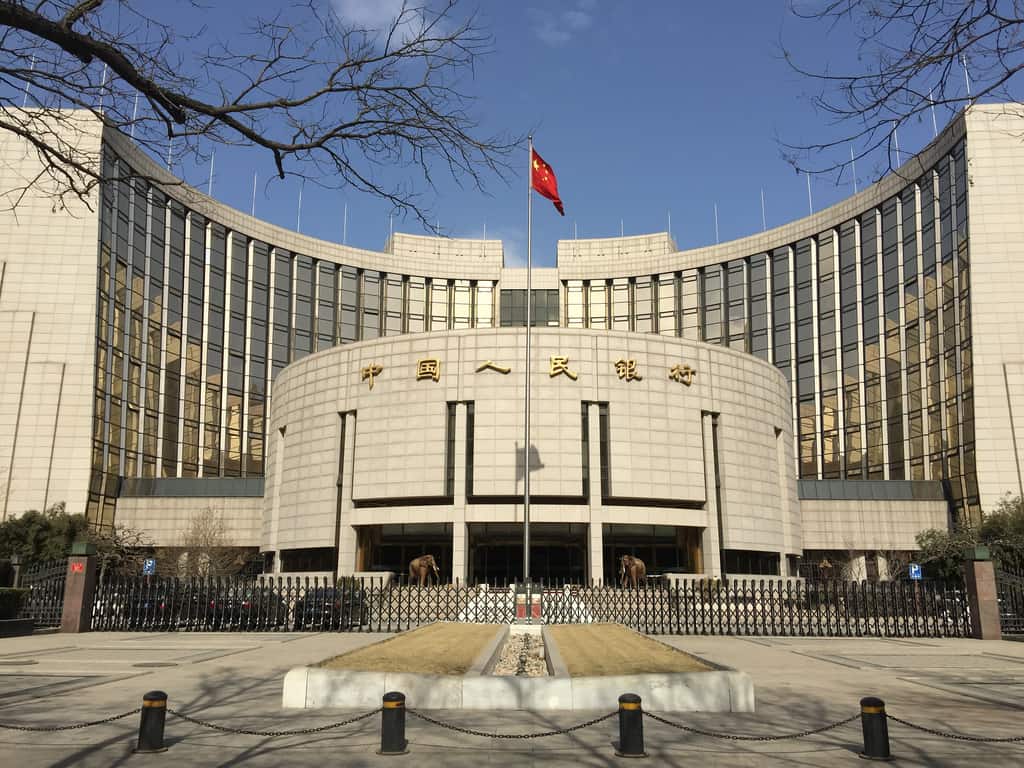The latest round of open market operations conducted by the Chinese central banks have seen rates for key instruments remain unchanged.
On 17 October the People’s Bank of China (PBOC) announced that it had engaged in 500 billion yuan in 1-year medium-term lending facility (MLF) operations and 2 billion yuan in 7-day reverse repo operations, for the purpose of maintaining rationally ample liquidity in the Chinese banking system.
The rate for the MLF was 2.75% while for the 7-day reverse repos it was 2.00%, with both figures remaining unchanged from the preceding round of open market operations.
Over the past two months the MLF operations of PBOC have seen a contraction in volume. In October however a total of 500 billion yuan of MLF are set to expire, with PBOC’s latest round of open market operations keeping the outstanding amount at the same level.
“This month, MLF pricing holding steady is in line with expectations, while continuation of volume is slightly ahead of forecasts” said Zhou Maohua (周茂华), macro-researcher with China Everbright Bank, to National Business Daily.
“This sends the signal that support for the real economy will continue to intensify.”
Wen Bin (温彬), chief economist with China Minsheng Bank, said that following two successive months of contraction in the volume of MLF’s, October’s maintenance of the MLF volume indicates that the central bank will not significantly reduce liquidity.
“In future the central bank will continue to make China’s focus on itself and the balance between internal and overseas factors the key theme, with targeted implementation of monetary policy adjustments based on changes to domestic economic conditions,” he said.
“It will maintain rationally ample liquidity and operate a financial environment suitable for the development of the real economy.”
With regard to the MLF rate remaining unchanged, Wang Qing (王青), chief-macro analyst with Golden Credit Rating, said that this was in line with general market expectations given that China’s economy is already on the rebound.
“Following a reduction in the MLF in August, the macro-economy has already shown signs of of steady recovery, including two continuous months of increase in the manufacturing PMI, which rose to 50.1% in September,” he said.
“The supply and demand sides of the macro-economy continue to improve, and in the fourth quarter infrastructure investment is expected to maintain double digit growth thanks to various policy measures including special bonds and policy developmental financing instruments.”
Wang nonetheless expects that medium-term borrowing costs, as measured by China’s 5-year loan prime rate (LPR), could further decline by 15 basis points despite MLF rates holding steady.
“The launch of a new round of reductions in bank deposit rates in September give impetus to reductions in the LPR quotes made by quoting banks, and in the fourth quarter the rates on housing loans are expected to continue to decline.”


